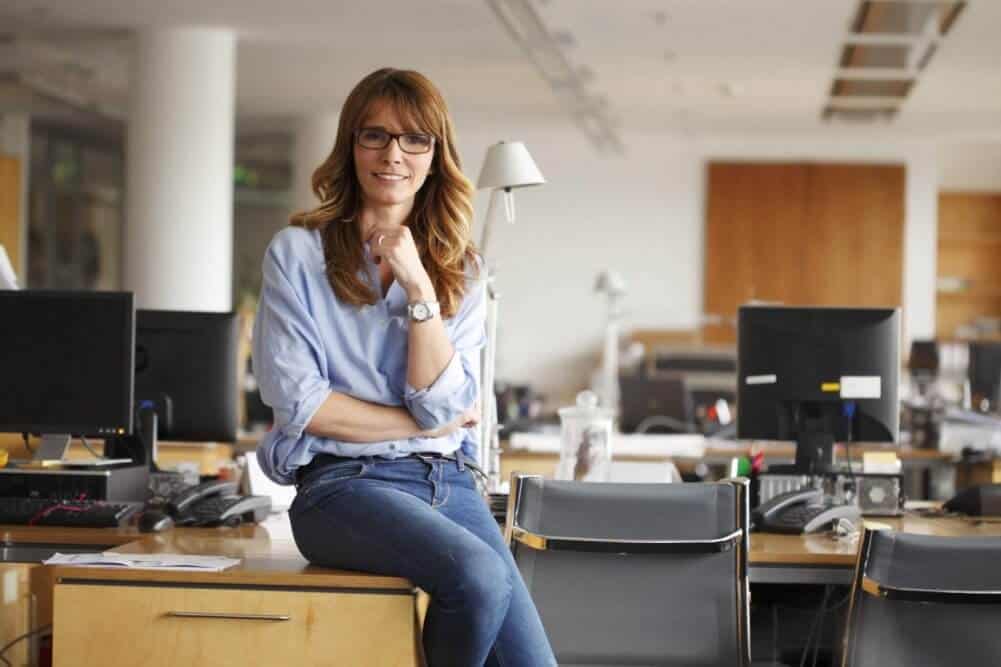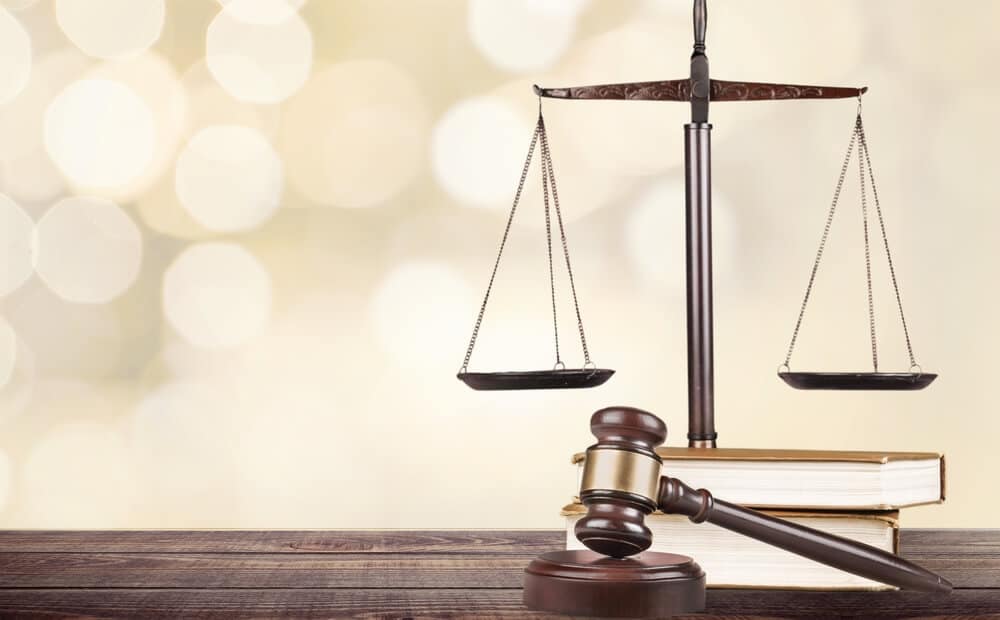Iceland’s Fight for Gender Equality and Women’s Rights

Last Updated on April 30, 2018 by Berglind Ros
In addition to cold weather and warm people, one of the things Nordic countries are known for is gender equality. Iceland is no exception. The tiny island nation consistently tops the World Economic Forum’s annual Global Gender Gap report. It consistently beats out Finland, Sweden and Norway as one of the best places for women to live and work. Iceland is a global leader in gender equality with one of the highest employment rates for women in the world. Around 80% of Icelandic women have jobs and 40% of management positions are filled by women. The country has also achieved several milestones for women such as banning strip clubs in 2010 and approving a law requiring equal wages for men and women. The groundbreaking law, which took effect In 2018, fines companies that don’t offer offer equal pay for equal work.

The fight for gender equality in Iceland
Any feminist can tell you that the aforementioned steps are definitely great strides forward for women, but they did not happen overnight. Back in 1975, Icelandic women in Reykjavik went on strike to demand they be treated equally. This landmark historical event took place on October 24th, 1975 when 90% of Icelandic women went on strike. It was a day of protest for all women. Not only did the women working for companies stop but also housewives and women in charge of taking care of children. Many factories, shops, banks, and schools closed down as they were run by women, and men took over household duties while juggling their responsibilities at work. While the women called it “Women’s Day Off”, the men had a slightly different opinion. They called this monumental day “The Long Friday” as it was surely a very long, exhausting day.

Five years after Iceland’s famous female strike, the country elected its first female president: Vigdis Finnbogadottir. Not only was she the first female president in Iceland, she was the world’s first democratically elected president. This trailblazing female politician maintained her position for sixteen years, making her the longest-serving elected female head of state in history. Her political sisters Margaret Thatcher, Angela Merkel and Ellen Johnson Sirleaf would be proud. Iceland also elected Jóhanna Sigurðardóttir as prime minister from 2009 to 2013. Iceland’s parliament, the Althing was formed in 930 AD and is the oldest in the world. The first female member was Ingibjörg H. Bjarnason in 1922 and nowadays women hold 40% of the seats in the parliament. Additionally, around 44% of ministers are women, so you can see that equality is alive and well in Icelandic politics.
Working Rights and Equality in Iceland
Finding a work-family balance is an essential part of the fight for equality. In Iceland there is a single maternity leave system, giving 9 months leave in total for both mother and father. They each have 3 months mandatory leave and then another 3 months that they can share. While on maternity leave they receive 80% of their salary. After that time is up, parents can drop their babies off at free daycare. This is probably why Iceland continually ranks at the top of fertility rates in Europe. The average is two children per woman. Another factor that contributes to the high fertility rate are societal norms. There is no shame or prejudice for single mothers or women with children from different fathers. Iceland is a great place for families and small children.

Regarding pay and benefits, the entire society is working to close the gender wage gap. Like many developed countries in the world, women in Iceland earn around 20% less than male workers. However, the good news is that number of women in management positions is growing. Updated maternity leave policies are also essential for equality regarding job offers. When men and women take the same amount of time off, the women are more likely to have better job opportunities. In other countries, some employers see women as being a burden when they get pregnant. This double standard is completely unfair and gives men an advantage.
Iceland’s Fight for Gender Equality and Women’s Rights
While no country has yet achieved complete gender equality (Iceland included), it is definitely on its way. The country stands as a shining example of what can happen when a society works consciously and consistently towards a goal.









